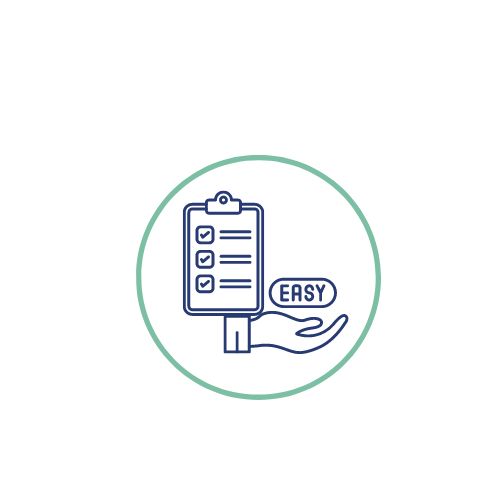Edit Content

Office No. 402, 4th Floor, Marathon Nextgen Campus, Marathon Icon, Ganapatrao Kadam Marg, opposite Peninsula Corporate Park, Lower Parel, Mumbai, Maharashtra 400013

Life is unpredictable, but with Whole Life Insurance, your future is always secure.
By clicking on above you agree to our Privacy Policy and Terms of use.






Whole Life Insurance is a type of life insurance policy that provides coverage for the insured’s entire lifetime. It includes a savings component that accumulates cash value over time, offering both financial protection and investment benefits.
Ensures lifelong financial security for the policyholder’s beneficiaries, helping them manage expenses such as debts, funeral costs, and future financial needs.

Whole Life Insurance is a permanent life insurance plan designed to provide lifelong insurance coverage. Unlike Term Insurance, which offers coverage for a fixed policy term, Whole Life Insurance remains active throughout the policyholder’s lifetime, as long as the insurance premium is paid. The policy guarantees a tax-free death benefit to nominees/beneficiaries upon the policyholder’s demise.
A Whole Life Policy is more than just an insurance protection plan—it includes a cash value accumulation feature that functions as a savings component. The policyholder can borrow against this cash value or withdraw funds as needed. However, any unpaid loans reduce the sum assured upon payout.
Key features like tax benefits under Section 80C, loan availability against the cash value, and level premium payments make Whole Life Insurance an integral part of financial planning in India. Despite a decline in life insurance penetration to 3% in FY 2022-23 from 3.2% in FY 2021-22, Whole Life Insurance remains a strong financial security tool for families seeking stability.
Whole Life Insurance, also known as Permanent Life Insurance, provides life cover for the policyholder’s entire lifetime. Unlike Term Life Insurance, which expires at the end of a set period, Whole Life Insurance guarantees a death benefit payout regardless of when the policyholder passes away.
Consulting a trusted insurance advisor is crucial to understanding how borrowing against Whole Life Insurance impacts the final death benefit.
Whole Life Insurance policies build cash value over time, providing financial flexibility. Here’s what to expect:
Whole Life Insurance can be used as a retirement planning tool due to its cash value accumulation. Policyholders can supplement their retirement income by borrowing against the cash value or making withdrawals. However, careful planning is needed to ensure withdrawals do not reduce the final death benefit significantly.
Whole Life Insurance is a long-term financial security tool that provides permanent coverage, cash value growth, and flexible financial benefits. While Whole Life Insurance premiums are higher than Term Life Insurance, the additional benefits, including savings and borrowing options, make it an essential part of financial planning. Comparing Whole Life Insurance vs Term Life Insurance helps individuals choose the best policy based on their investment objectives and financial goals.